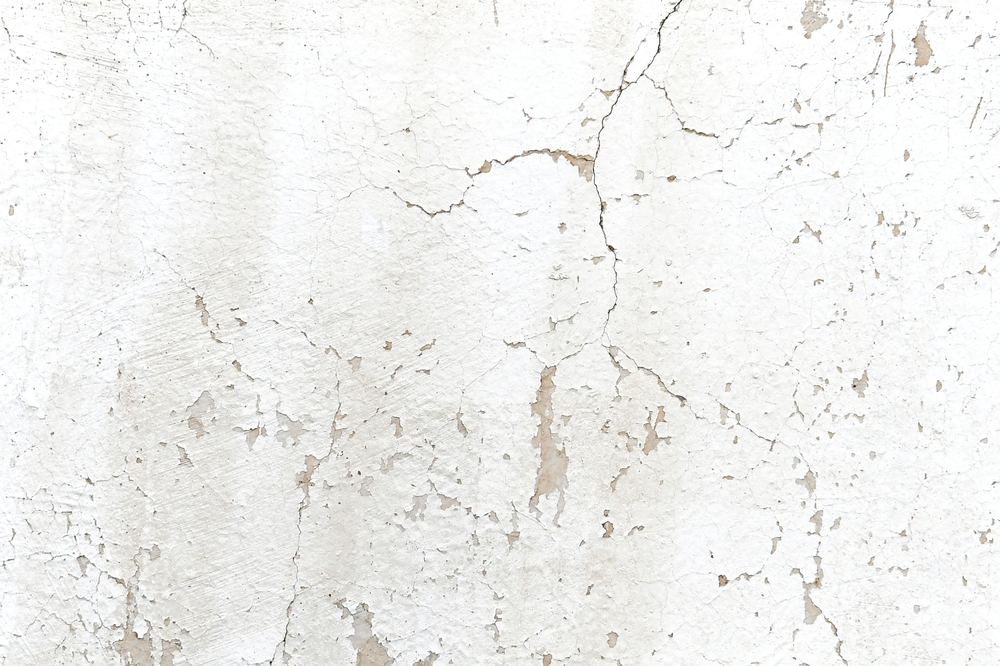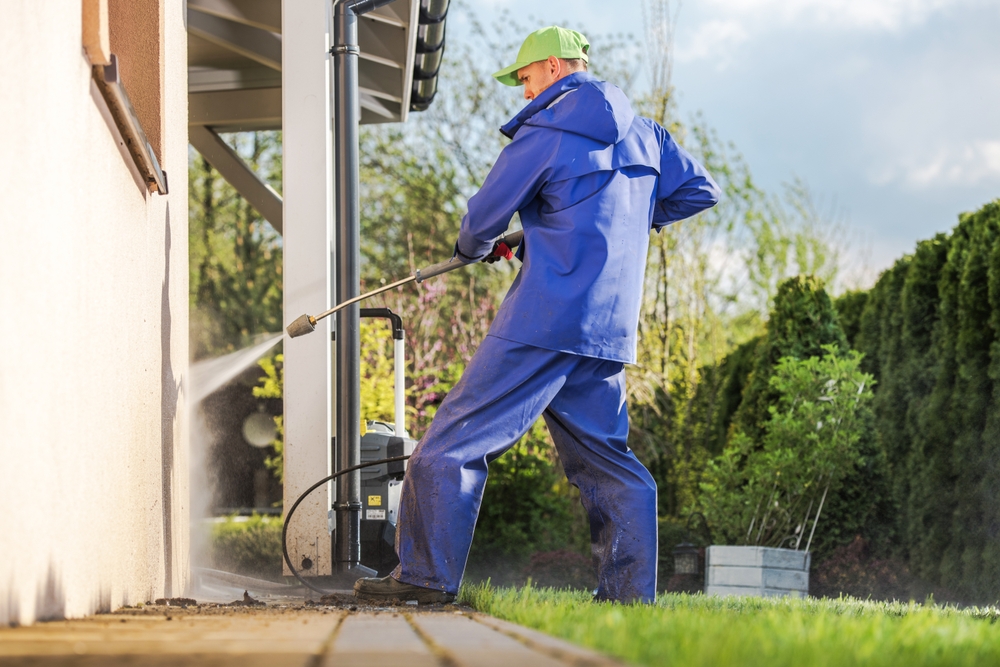Maintaining your home’s exterior render is one of the best ways to protect your property, preserve street appeal and avoid expensive repairs later. At BBS Rendering, we often see familiar patterns: small cracks left alone, gutters leaking onto walls, or paint that traps moisture instead of letting the wall breathe. The good news is most of these problems are preventable with a simple maintenance routine.
This guide draws from our experience rendering Newcastle homes, from older terraces to new builds. It gives you practical steps to spot early warning signs, care for your render safely and know when to bring in a professional before minor issues turn into major costs.

Identifying Common Render Issues in Newcastle Homes
Newcastle’s coastal weather and mix of old and modern construction create unique challenges for render. Salt exposure, wind-driven rain and movement in ageing walls can speed up wear. Below are the issues we see most often, why they happen and how urgent they are.
Surface Deterioration and Weather Staining
What to look for: Faded or uneven colour, dark streaks, algae or moss on shaded walls
Causes: Wind-driven rain, salt spray, blocked gutters or poor airflow preventing the wall from drying
Where it appears: North and east walls, under eaves or near vegetation
Urgency: Low to medium. Mostly cosmetic but signals moisture is reaching the surface
Hairline and Shrinkage Cracking
What to look for: Fine cracks under 0.5 mm wide forming a cobweb pattern
Causes: Rapid drying during curing or an incorrect water mix
Where it appears: Across wide wall sections or on new render
Urgency: Low. Cosmetic at first but can widen and allow moisture in
Structural and Movement Cracks
What to look for: Cracks wider than 2–3 mm running diagonally around corners or openings
Causes: Building settlement, thermal expansion or missing movement joints
Where it appears: Around doors, windows and where old and new structures meet
Urgency: High. Indicates movement that needs professional assessment
Delamination and Hollow Patches
What to look for: Bulging or hollow-sounding areas when tapped
Causes: Poor bonding, contamination on the surface before rendering or corroded metal lath
Where it appears: Lower wall areas or previous repair spots
Urgency: High. Detached render can fall off and expose the wall to water damage
Spalling and Render Loss
What to look for: Render crumbling away exposing the brick or blockwork
Causes: Freeze-thaw cycles, salt build-up or trapped moisture
Where it appears: Lower walls or corners with poor drainage
Urgency: High. Needs immediate repair to prevent structural issues
Rising and Penetrating Damp
What to look for: Damp patches, salt deposits or musty smells indoors
Causes: Failed damp-proof courses, render bridging or cracks allowing water inside
Where it appears: The lower metre of walls or near leaking gutters
Urgency: High. Can cause rot, mould and internal damage
Efflorescence and Salt Attack
What to look for: White powder or soft patches on render
Causes: Salt movement from masonry or coastal air
Where it appears: Lower and coastal walls
Urgency: Medium to high. Needs moisture control and salt-resistant materials
Poor Finish or Incompatible Materials
What to look for: Uneven texture, paint blistering or patchy repairs
Causes: Using dense cement render or modern paint over older lime-based surfaces
Urgency: Medium to high. Can worsen moisture problems and shorten render life
Quick Homeowner Checks
You can safely do these checks without tools:
- Walk around your home and look for cracks, stains or bulges
- Tap suspicious areas; a hollow sound means weak bonding
- Inspect gutters, flashings and sills for leaks
- Focus on lower walls for damp marks or salt
- Take photos to track changes over time
When to Call a Professional
Arrange an inspection if you notice:
- Cracks wider than 3 mm
- Bulging render or falling pieces
- Significant salt deposits or damp inside the house
- Corrosion around openings
Because Newcastle’s salty air and older homes are prone to these issues, early inspection can save you major repair costs later.

Essential Maintenance Tips for Rendered Surfaces
At BBS Rendering, we always remind homeowners that regular maintenance is the best way to extend the life of your render. A few simple checks each year can keep your walls strong, breathable and looking their best.
Routine Inspections
How often: Twice a year, in spring and autumn and after storms
What to check:
- Cracks or flaking areas
- Damp patches or algae
- Leaking gutters and downpipes
- Movement around windows and rooflines
Tip: Keep a simple record with photos to track any changes.
Cleaning Rendered Walls
Tools: Soft brush, mild detergent and garden hose with low pressure
Steps:
- Sweep away loose dirt
- Wet the wall slightly
- Apply mild detergent or a render-safe cleaner
- Gently scrub with a soft brush
- Rinse from top to bottom
Avoid: High-pressure cleaners or harsh chemicals that can damage the surface
Controlling Algae and Moss
Removal: Use a render-safe biocide or algicide, not bleach
Prevention:
- Trim plants near the wall
- Improve airflow
- Clean gutters regularly
- Apply preventative treatment to shaded areas once a year
Dealing with Stains and Efflorescence
White salt marks: Brush off when dry and avoid scrubbing when wet
Persistent stains: Have a professional clean test areas first
Moisture source: Fix leaks or drainage problems that cause salt build-up
Repairing Cracks and Localised Damage
Small cracks:
- Clean and remove loose debris
- Fill with flexible exterior filler
- Sand smooth and repaint
Larger damage:
- Cut out to sound render, apply bonding primer and patch with compatible mix
- If more than 20% of the wall is affected, a full re-render is best
Managing Moisture and Drainage
Moisture is the biggest cause of render failure.
Check that:
- Gutters and downpipes are clear
- Flashings are sealed
- Ground levels slope away from walls
- Potted plants are not sitting against rendered surfaces
Protected Coastings and Repainting
- Use breathable mineral or silicate paints for lime-based renders
- Use acrylic coatings for modern polymer systems
- Repaint every 7 to 10 years depending on conditions
- Test small patches for colour and adhesion first
Seasonal Maintenance Checklist
Spring: Clean gutters, check for frost damage and wash shaded walls
Autumn: Clear leaves, inspect drainage and seal cracks
After storms: Check for new cracks, loose render or damp spots
Record Keeping and Warranties
Keep a maintenance log with:
- Inspection dates
- Repair details
- Product and contractor info
- Photos of before and after
This helps preserve warranties and adds value to your home.
Extending the life of your render comes down to simple, consistent care. Use the right materials, manage moisture effectively and keep up with inspections so small problems never become large ones.
At BBS Rendering, we believe good maintenance protects not just the appearance of your home but also its long-term value. If you’d like a professional inspection or a tailored care plan for your Newcastle property, our team is ready to help you keep your render in top condition for years to come.


